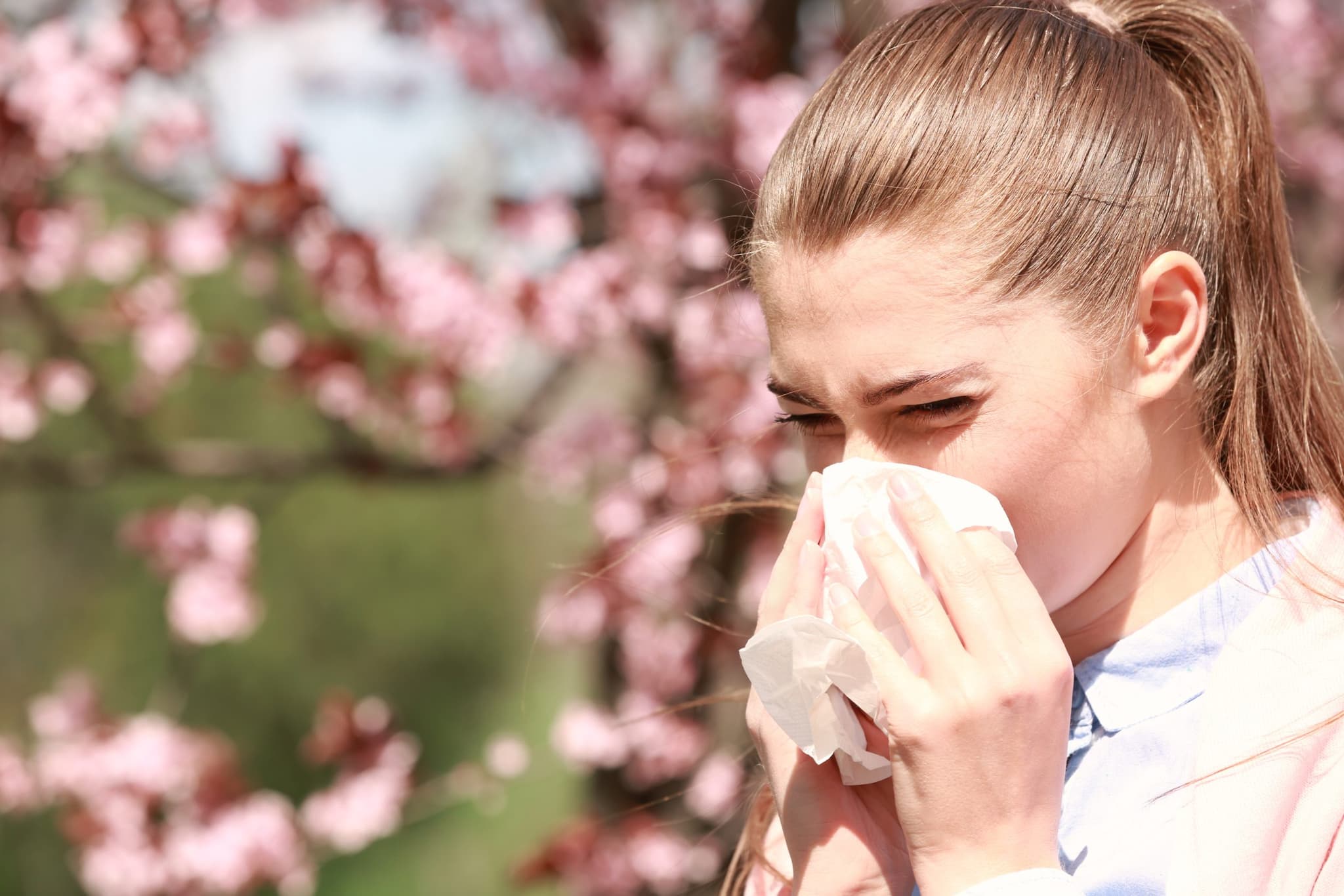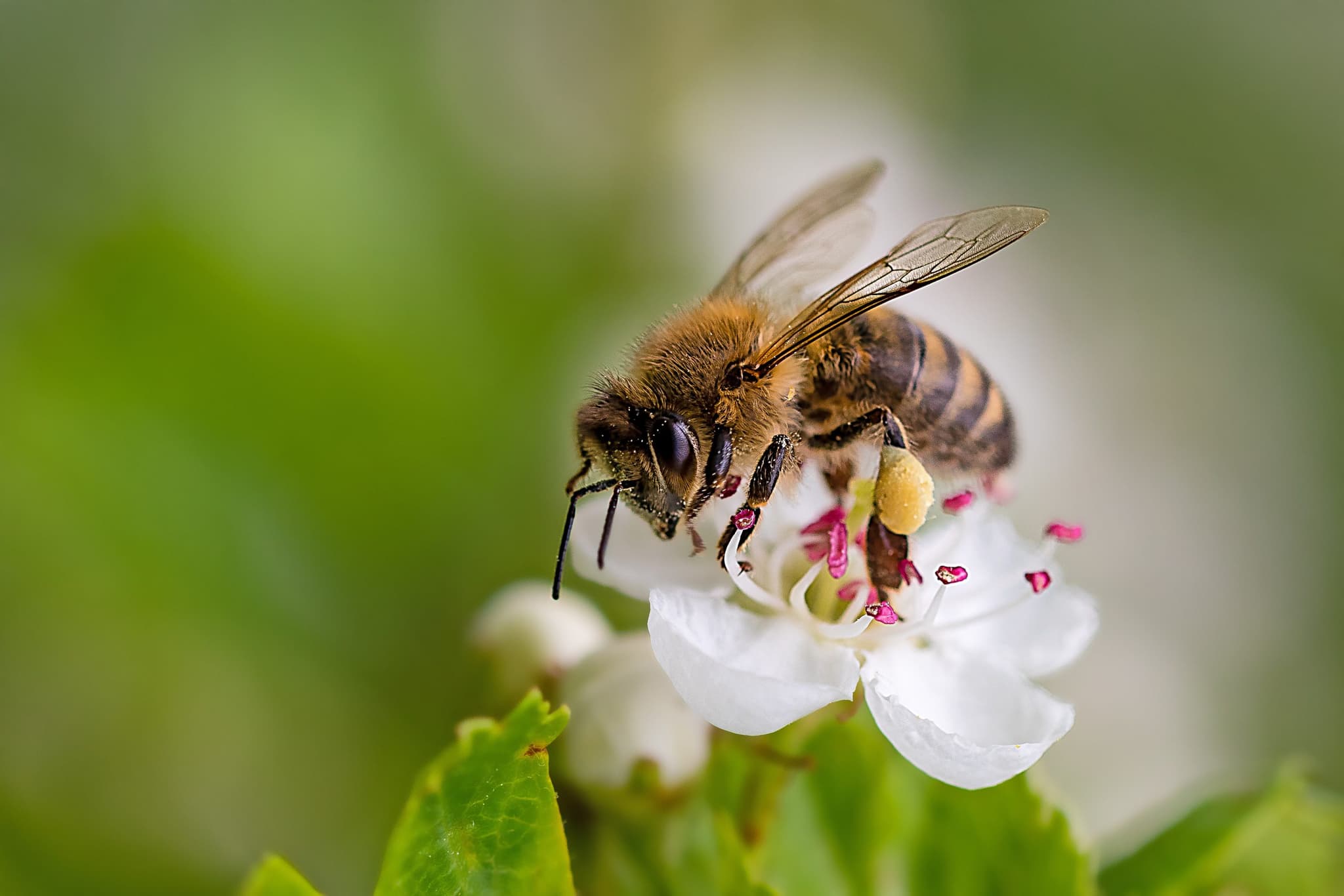
2023-05-19T11:00:36
Environmental allergy testing: What to expect and how to prepare
- Allergy and Immunology
August 23, 2017 | Allergy and Immunology
Specialties:Allergy, Asthma and Immunology

For most people, an insect sting causes nothing more than some mild pain or discomfort—most people are not allergic to these stings. For people who are, however, insect stings can be very serious.
Potentially life-threatening allergic reactions from stings occur in 0.4 to 0.8 percent of children, and in 3 percent of adults. At least 90 to 100 deaths take place each year as a result of insect sting anaphylaxis. Most insect stings come from a few specific insects, and there are ways you can help manage and treat these bites if they occur.
Most serious reactions to stings are caused by one of five different types of insects:
The severity of insect stings depend on the person and the insect in question. Fire ants, yellow jackets, hornets and wasps can all sting repeatedly, while honey bees leave their stingers behind after a single sting.
Common symptoms of serious allergic reactions include:
Insects stings can also cause serious symptoms that are not related to allergies, such as a toxic reaction—this refers to a situation in which insect venom acts like poison in the body. Symptoms may be similar to an allergic reaction and can include fainting, seizures, shock and even death. Toxic reactions usually require multiple stings.
For people who may be allergic to certain insect stings, proper diagnosis is vital. An allergist will take a detailed medical history, including questions about any past stings and your reactions to them. They also may perform one of a few tests, including skin prick tests, blood tests or intradermal skin tests.
Treating sting allergies involves a two-step approach: emergency treatment as a reaction occurs and preventive treatment of the underlying allergy with venom immunotherapy.
Another big part of managing insect allergies is avoiding stings altogether. Learn the areas where insects roam, and practice proper avoidance. Other precautions include:
If you’re having an allergic reaction, seek immediate medical attention. If you’ve had a reaction to an insect sting, see an allergist for recommendations on treatment and management.
“Insect Sting Allergy.” American College of Allergy, Asthma & Immunology. http://acaai.org/allergies/types/insect-sting-allergies
“Stinging Insect Allergy.” American Academy of Allergy, Asthma & Immunology. http://www.aaaai.org/conditions-and-treatments/allergies/stinging-insect-allergy
WRITTEN BY:
The Live Better Team

2023-05-19T11:00:36

2018-06-13T12:00:19

2018-05-09T12:00:57

2018-04-11T11:00:42
This information is not intended to replace the advice of a medical professional. You should always consult your doctor before making decisions about your health.